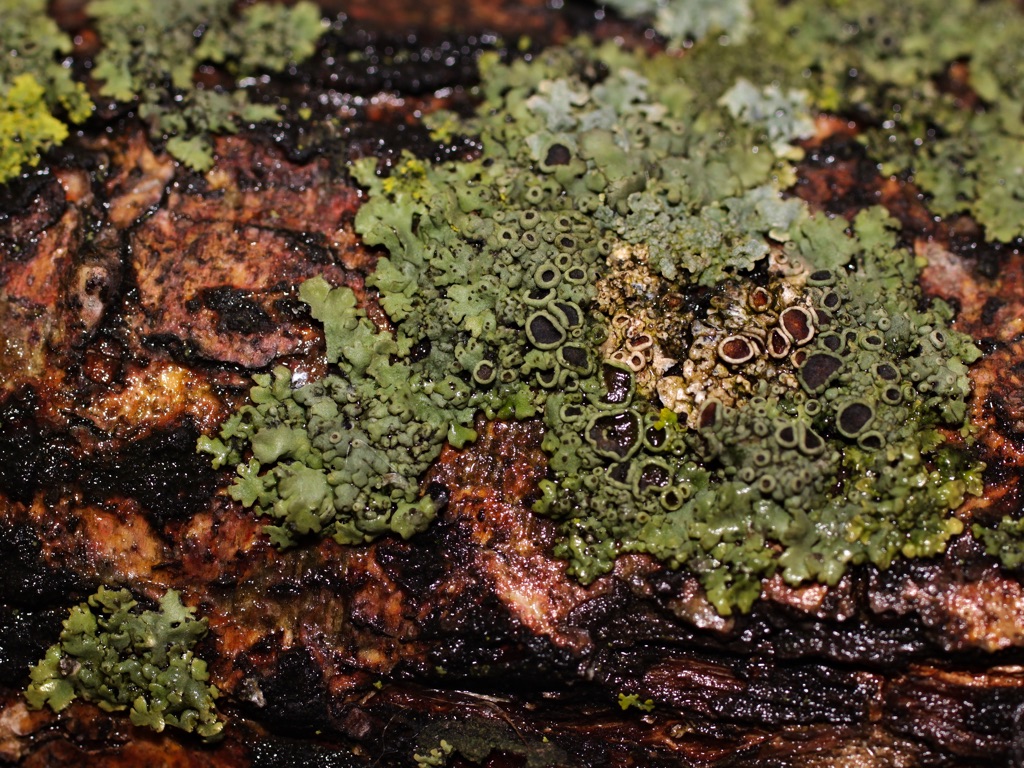Green lichen is a type of lichen that is commonly found on rocks, trees, and other surfaces in damp and shaded areas.
Appearance
Green lichen consists of a symbiotic relationship between algae and fungi. The algae provide food for the fungi through photosynthesis, while the fungi provide protection and support for the algae. As a result, green lichen has a unique appearance that combines features of both organisms. It typically appears as small, flat or branching growths that are green in color.
Habitat and Distribution
Green lichen is found in many parts of the world, including North America, Europe, and Asia. It typically grows in damp and shaded areas, such as forests, wetlands, and rocky outcrops. It can also grow on man-made structures, such as walls and roofs.
Behavior and Uses
Green lichen is a vital component of many ecosystems, as it helps to stabilize soils, provide habitat for small animals, and contribute to nutrient cycling. It is also used as a food source by some animals, including deer and elk. Additionally, green lichen has been used for medicinal purposes in some cultures, although its efficacy and safety for human use have not been well-studied.
Conservation Status
Green lichen is not currently considered endangered, but its populations can be impacted by factors such as air pollution, climate change, and habitat loss. As a result, it is important to protect and preserve the ecosystems where green lichen is found in order to maintain its important ecological roles.
Interesting Facts
- Green lichen is often used as an indicator of air quality, as it is sensitive to pollutants such as sulfur dioxide and nitrogen oxides.
- Some species of green lichen have been found to contain compounds with antimicrobial properties, which could have potential medical applications.
- In some cultures, green lichen has been used as a dye for textiles and clothing.
In summary, green lichen is a fascinating organism that plays an important role in many ecosystems. Its unique appearance and ecological roles make it a valuable subject for scientific study and conservation efforts.

